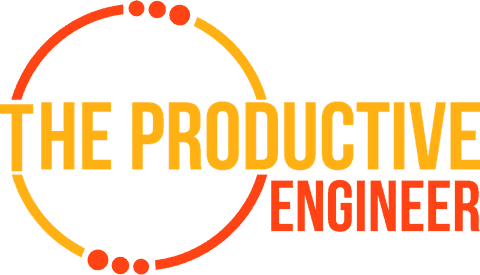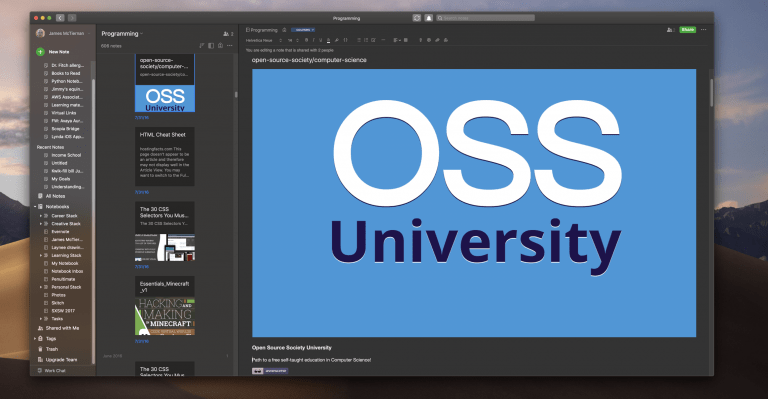Mind Map vs. Outline – Which is Best for You?
When researching and writing a paper or working on a project, it is vital that you plan before you start writing or start the project. Having a plan will ensure that you get all your information into the paper/project and that all that information will be properly organized. There are numerous ways to plan, with two of the most popular being mind maps and outlines.
While we are going to discuss the merits of both mind maps and outlines in this article, the question is: which is best for you? At a high level, mind maps are best for people who are creative or visual learnings (right-brained) while outlines are more valuable to analytical and methodical-oriented people (left-brained).
| Personality Type | Best Option |
| Creative, Visual Learner | Mind Map |
| Analytical, Methodical Thinker | Outline |
It is important to keep in mind that these are general tendencies and are not absolute. Your mileage may vary in terms of which is best for you. I encourage you to try both of them to see which works best for you.
Before we get started with the tutorial, if you are looking to learn more about apps like Notion, Todoist, Evernote, Google Docs, or just how to be more productive (like Keep Productive’s awesome Notion course), you should really check out SkillShare. Skillshare is an online learning platform with courses on pretty much anything you want to learn. To learn more about Skillshare and its vast library of courses and get 30% off, click the link below:
SkillShare – Online Learning Platform
What is a Mind Map?

Mind Maps kind of resemble trees. They can help you determine what you already know on your topic, what sub-topics you might want to explore, and helps you to hone in on keywords that you can use in your research. You simply map the main topic and then radiate from the center, placing all the things that need to be included in the paper.
This diagram is great because it displays information visually. These are a perfect tool for a brainstorming session.
What is an Outline?
Outlines are a great way to help you organize the order of your paper and its topics. Outlines can help you group thoughts and show the relationship between ideas. Outlines make it super easy to check off paragraphs and subheads as you write them. Outlines are the most commonly used preparation tool for papers used by students, and for a good reason.
Why do I Need to Plan my Paper or Project?
In order to get the point of your essay across to your readers, you need to create an effective paper structure. You want your ideas to be placed together in a logical manner, not all jumbled across several paragraphs. This will be tough to do if you jump straight from research to writing. Everyone works in different ways, but everyone should plan. Every paper you write is going to require different numbers of paragraphs, different numbers of words, and different topics, but all papers can benefit from a well-organized map, outline, or plan.
Planning your essay makes it more likely for you to make a coherent argument and get your main idea across. Planning can take just a few minutes yet make a world of difference for your paper’s authenticity.
How do I make a Mind Map?

The first thing you need to do when making a mind map is to get a separate piece of paper in addition to your research notes to write your map on. Then, write your topic in the middle of the page in all capital letters. Next, write any words or ideas that relate to your main topic. Draw them each in their own bubble, then draw lines to connect them to the main idea and to each other using different colors. You can draw your lines as arrows, branches, or any other shape. You can also draw some empty bubbles to leave open for any ideas that come to you as you write. There are also a ton of mind map templates online that you can use to your advantage, but some people prefer to customize their own by hand.
This method works really well for visual learners. The bubbles, plus the fact that you have room to sketch drawings and ideas, can spark your imagination and make your paper more in-depth.
Here is a great example of simple, yet concise mind map:

For more information on how to create mindmaps, check out the article below:
How to Create a Mindmap on a Mac
Enclosed below is a list of mind-mapping applications you can check out arranged by platform:
| App | Platform | Link |
| MindNode | MacOS iOS | MindNode for Mac MindNode for iOS |
| xMind | MacOS iOS Android Windows Linux | xMind for Mac xMind for iOS xMind for Android xMind for Windows xMind for Linux (RPM) |
| iThoughts | MacOS iOS Windows | iThoughtsX for Mac iThoughts for iOS iThoughts for Windows |
| Mindmeister | MacOS iOS Android Windows | Mindmeister Homepage |
How do I make an Outline?
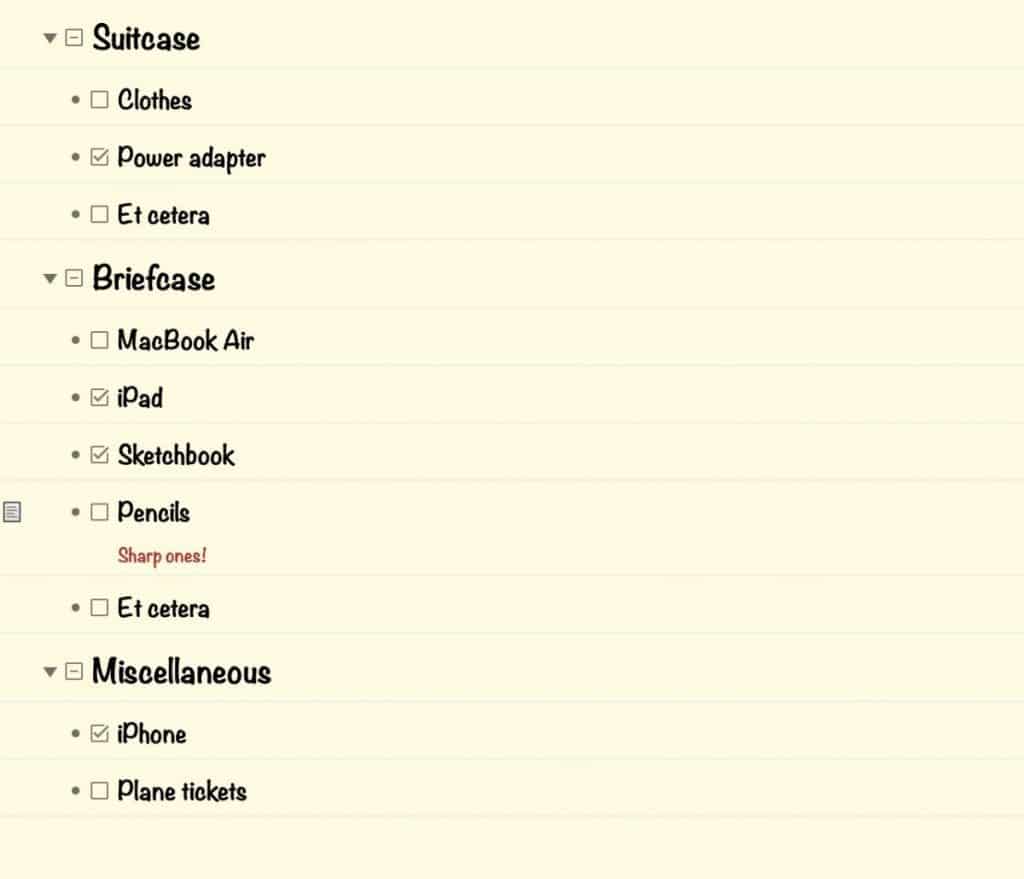
Outlines help you structure your ideas and organize the main points into paragraphs so it will be much easier for you to put them all together and write your essay. The first thing you should do is develop and identify your topic. Then, identify the purpose of your argument and topic. Next, identify your audience so that you can use a proper tone in your writing. Once you have done all these things, you need to put together your thesis statement. The thesis statements express the main focus of a paper and state an arguable claim.
After this, you will put everything together on your outline by paragraph and subheading. Dividing up your ideas up into sections will make your paper more organized and precise. As you write your paper, you can cross boxes off on your outline to make sure all of your research is included properly.
Here is a great example of simple, yet concise outline template:
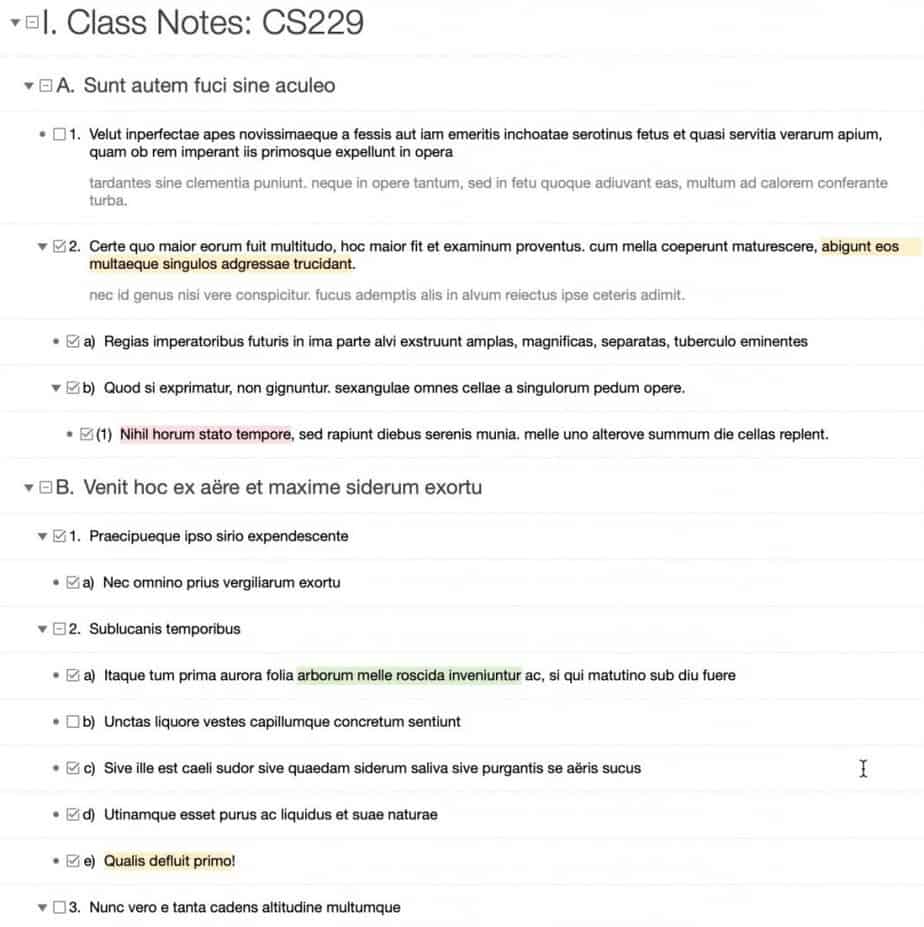
Some tips for making a useful outline include:
- conducting plenty of research beforehand
- identifying the objective of your essay
- noting the main points
- organizing your ideas
- revising and removing unnecessary paragraphs
You can use a template found online or customize your own outline.
Enclosed below is a table with a list of outlining apps organized by platform:
| App | Platforms | Link |
| Cloud Outliner | MacOS iOS | Cloud Outliner Mac Cloud Outliner iOS |
| OmniOutliner Pro | MacOS iOS | OmniOutliner Mac OmniOutliner iOS |
| Microsoft OneNote | Windows Android MacOS iOS | Microsoft OneNote Page |
| Toodledo | iOS Android Web | Toodledo Page |
| Workflowy | iOS Android Web | Workflowy Page |
Why is Research Essential for an Essay?
Back in the day, you would have to pull out books and an encyclopedia to do any research for a paper. With technology in this day in age, you have access to so much information in the palm of your hands (literally!) that you can use to your advantage. You can do all of your research without even getting off the couch, thanks to the internet. Research is necessary for every essay you write, because it backs up your claims, gives your argument a basis, and presents factual information to your readers.

Background information makes your essay more interesting. Instead of just saying, “Cold brew is the best drink at Starbucks,” give me reasons why. Start by talking about the history of Starbucks and cold brew, give me nutritional information, and facts as to why it tastes best. Having more information to back up your point of view makes it more likely that I will come to agree with your argument. This also makes your essay more creative and in-depth.
Research papers help you identify problems and innovate in the real world. The goal is to solve a problem or make a change. An essay with no research does not leave a lot of room for innovation. Research is essential to mankind; it helps us continue to grow as a society. Putting in the time to research your topic will allow you to make better arguments and a more well-rounded paper.
Disadvantages of Mind Maps

Mind mapping won’t work for everyone. Mind mapping can be difficult for people who are logical in the way they think. If you know that you have a very strong left brain, perhaps you should try using an outline instead. Also, if you know that you get out of hand and write a lot while planning, your mind map may become too big to understand properly. You also really need to use color-coding, different line patterns, and images in order to properly organize (which is great for right-brained people). It will also take some time and practice to understand how to make an effective mind map.
Mind mapping comes easy for some, and for others, there is a steep learning curve; it all depends on how your brain learns and works. Mind maps will unleash creativity if you are right-brained or a visual learner.
Disadvantages of Outlines:
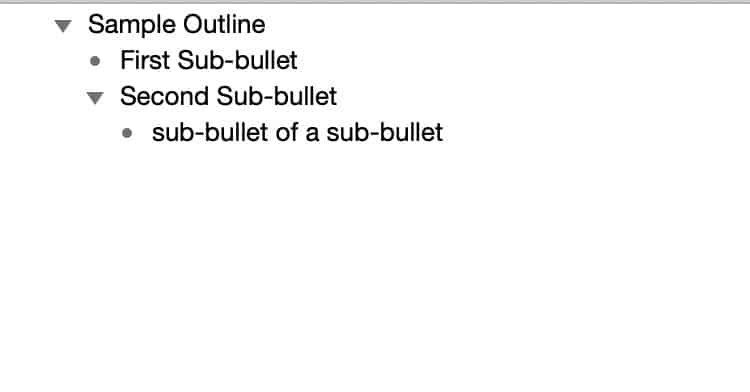
For some, outlines simply do not fit with their writing style. Outlining can be lengthier and too much writing for some. If you are left-brained, outlines are more likely to work for you. Outlines usually do not include color coding, images, or lines. It’s simply a layout of what you are going to write step by step. Some (right-brainers) claim that outlines hinder their creativity. If you know that you are one of these people, then you should probably try a mind map instead. Some also think that writing an outline is just flat out boring. Outlines are kind of like writing a mini-essay, so this is understandable.
Which Works Best for Me?
Whichever planning method works for you is okay. It is also fine if neither method works for you. Although it is suggested that you plan for your essay, that is not going to work for everyone. All of us are unique, and we all have different ways of learning and working, especially when it comes to writing essays.
It’s all about finding a planning method that works for you. What works for me very well may not work for you, but it absolutely could.
Personally, as an engineer and a definite left-brainer, I use outlines religiously. When I was in school, I used an outline every single time I wrote an essay. For me, writing an outline was like writing a mini version of my essay. It was super easy for me to transfer my ideas on my outline over to my paper. I loved being able to organize my research directly onto my outline, then move those ideas over to my essay.

Again though, that is my preferred method, it may not be yours. It doesn’t matter how you plan your essays, as long as you are doing so in an organized and logical manner. If you are more creative and artistic, you may find yourself relying on mind maps for writing essays. Either way, having a plan leaves you more time to write a draft, so you can make any changes you need to before the due date. Again, neither method is superior over the other; it is all about which is best for YOU.
Applying these Planning Tools to an In-Class Essay
Sometimes, teachers require you to write an essay in class during exam time. This can put a lot of pressure on you because you are on a time crunch and need to write a well thought out argument within that small amount of time. This is where essay planning comes in even handier.
Planning your at-home essay is a great tool to produce a well-written work, but planning can quite literally save your grade during an in-class essay writing session. In these types of situations, it is super easy to get caught up in the moment and go blank. Producing a mind map or an outline before you begin writing your in-class essay will make your life so much easier. You can either make your plan before class if your teacher allows you to do so, or you can draw one up before you begin writing. This is where they only taking a few minutes to make comes in super handy.

Once your mind map or outline is created, all you really need to do is transfer that information over into essay form. Once you have created your plan, you’ve already done the hard part. A time crunch with no plan is a recipe for jumbled ideas and scattered arguments. Taking just a couple minutes of your time to sketch up an outline can make a world of difference.
In Conclusion:
Some of you may have never even heard of a mind map before reading this. Whether you use them religiously or have never planned an essay before, I encourage you to try either a mind map or outline next time you write an essay or paper. They can be way more beneficial than you think, you have to try them for yourself to truly see their results.
Mind maps include bubbles, lines, arrows, colors, and drawings to help you plan your essay. Mind maps tend to work best for creative individuals, with dominant right brains.
Outlines list ideas and facts by paragraph in writing. Drawings are rarely used in outlines. Outlines tend to work best for people with dominant left brains because they are more analytical.
There is no right answer when it comes to whether outlines are better than mind maps or vice versa. That answer comes down to you as an individual and which works best for you personally. It doesn’t matter which method you use, as long as they are helping you to plan an effective, organized, and well-rounded essay backed by research and factual evidence.
Planning methods can come in super handy when writing an in-class essay. They help do away with the anxiety that comes with writing in a time crunch — knowing exactly where you are going to write what information can take a lot of pressure off of you in this situation. Just because you are on a time crunch does not mean your paper needs to be unorganized, jumbled, and full of word vomit.
We are taught essay planning at a young age for a reason. You need to learn to be able to write a well-balanced essay, because it is a tool that you will carry with you throughout your educational career and beyond, out in real life.

If you want to reach your goals as a student, the fact is that you are going to have to write some essays in your time at school. Even if you aren’t the one kid in class who gets pumped to make their essay outline, just remember that it is there to help you and make your life easier. Writing up an essay plan only takes a few minutes but can make a huge difference. Your grades will thank you for taking five extra minutes to come up with a plan. It doesn’t matter how you plan your essay, as long as you do so. Mind Map vs. Outline has no right answer, but Essay Planning vs. No Essay Planning does. The answer is when in doubt, plan it out.
Want More Tips and Tricks? Subscribe to our Newsletter!
If you haven’t already subscribed, please subscribe to The Productive Engineer newsletter. It is filled with tips and tricks on how to get the most out of the productivity apps you use every day. We hate spam as much as you do and promise only to send you stuff we think will help you get things done.
Check Out Our YouTube Channel!
We have a YouTube channel now and we are working hard to fill it with tips, tricks, how-tos, and tutorials. Click the link below to check it out!
Check out our Resources Page
Check out our resources page for the products and services we use every day to get things done or make our lives a little easier at the link below:
